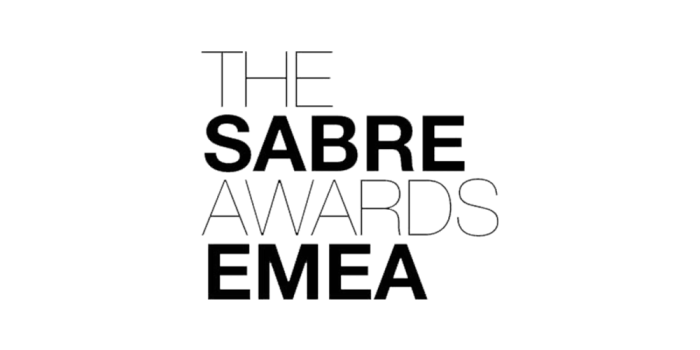
Festive gatherings round the fire are now a warm, fuzzy memory but with the weather staying chilly, February is a good time to fire up the wood burning stove. When it’s cold, dark and wet outside, there are few things in life more comforting than the warmth, crackle and smell of a freshly lit fire.
For the best and most efficient burn however, it’s important to maintain the stove and ensure it is lit correctly. Here, the aptly named Phil Wood, UK country manager at Europe’s leading manufacturer of wood burning stoves, Contura, gives his tips for lighting the fire right.
“Our most frequently asked questions from customers are how to build the perfect fire, how to light the stove correctly and how to ensure the most efficient burn,” says Phil.
“Sitting in front of the fire is certainly a soothing, meditative process, but to get the fire right, there are few crucial things to consider. What type of wood is best to burn, have the stove and flue been cleaned, and what is the best fire-lighting technique?”
Read on for Phil’s guide to creating an inviting, safe, and low-emission fire for the whole family.
1. Chimney SOS
The chimney, flue and stove should be swept professionally at least once a year. An annual check is crucial to troubleshoot any issues, check all parts are functioning correctly and remove any soot and blockages. Set an annual reminder to get your annual chimney sweep appointment booked in.
2. Which wood?
A mixture of different wood species is best. Choose hardwoods such as ash, beech and birch, which burn for longer and create a bright flame. Avoid soft woods such as pine, firs and cypress, which burn too quickly and produce more smoke. Do not burn treated, varnished or oiled woods or waste woods such as pallets, furniture and fencing as these will tend to give off fumes. The general rule of thumb is to choose the most natural wood form you can find, and always with a moisture content of less than 20%. Kiln dried is the best bet as wet wood won’t burn well and will create a lot of smoke.
Always try to buy the best quality wood you can afford from a recommended supplier and look out for the Woodsure ‘Ready to Burn’ label, which guarantees an optimum moisture content between 12 and 20%.
3. Warm the chimney
To use a wood burner correctly, you need to warm the stove and chimney chamber through first, rather than trying to create a roaring fire and a lot of heat straight away. It’s better to build the fire up progressively. Think of lighting the stove as a similar process to pre-heating an oven or starting a car in winter; the engine needs time to warm up properly before it drives efficiently.
4. Check the manual
Remember that not all stoves are the same and that it’s important to always follow the lighting instructions in your product manual for instructions specific to your wood burner. This guide will also advise you about adjusting the air vents to maintain the correct air flow and combustion temperature.
5. ‘Top-down lighting’ technique
Most of us are familiar with putting kindling at the bottom of the fire, but this makes it more difficult for the fire to get going at the start, leading to an inefficient burn and more smoke. The lesser known practice of ‘top-down lighting’ (placing kindling at the top) is far better for the environment as it causes less pollution and fewer emissions. The kindling will catch more slowly, however as it’s at the top of the fire it will also generate less smoke. Lighting the kindling in this way is therefore more environmentally friendly.
6. How to build a fire correctly
For a top-down lighting technique, start with two logs of approximately 7-9cm width, 20-30cm length. Add 3-4 layers of kindling, approximately 2-3cm wide, building upwards in a criss-cross formation. Maintain a good air gap between logs and kindling for air circulation. Add 1-2 natural firelighters to the top of the kindling and light them. After 30-40 minutes, when the fire has burnt down to glowing embers, it’s time to refuel.
7. How much to burn
A roaring fire is more often the result of loading too many logs in one go. You shouldn’t overload the space but use it as efficiently as possible. As a rule, a wood burner requires 2-3 logs per hour – once again, refer to the manufacturer’s guide for recommendations specific to your stove model.
Modern wood firing technology uses complete combustion for a better heating economy and a clean, low-carbon burn. As long as you prep the fire correctly and refuel it at regular intervals, it will provide clean and consistent heat.
Take a look at Contura’s ‘how to light it’ video to see these tip in action: https://www.contura.eu/english/facts-tips/video-guide/
For more information on Contura, please visit http://www.contura.eu
-Ends-
Notes to editors:
- Rooster PR will coordinate comment, interview and profile opportunities for Contura UK Country Manager, Phil Wood. The Contura PR team will also arrange visits to the nearest Contura Design Centre dealerships or the Contura showroom in Doncaster to see the product range.
For further press information, please contact:
Elsa Findlay | Jo Kendall | Julie Aguilera
Rooster PR
T: +44 (0)20 3440 8930
E: [email protected]
About Contura
Contura is Europe’s leading manufacturer of wood burning stoves, offering an extensive range of classic and contemporary wood burners; from traditional insert stoves suitable for existing fireplaces, to freestanding statement models made with innovative materials such as soapstone.
Starting at £1,295, Contura stoves are premium yet affordable. Award winning, timeless Swedish design means the products complement or enhance any style of home, whilst also offering outstanding performance, maximum efficiency, practicality and ease of use.
Designed and assembled at the factory located in Markaryd, Sweden, and manufactured to the highest standards, Contura stoves are highly energy efficient, offering powerful convection, superior combustion technology and clean burning systems. Currently, 95% of Contura stoves are DEFRA Clean Air Act exempt and thus approved for use in Smoke Control Areas.
Contura stoves can be purchased through a network of 165 independent retailers nationwide.
Contura is part of the NIBE group, a Swedish manufacturing company producing world class solutions in sustainable energy across Europe, North America, Asia and Australia.
Contura is a founding member of the Stove Industry Alliance (SIA) in the UK.
For more information please visit www.contura.eu






